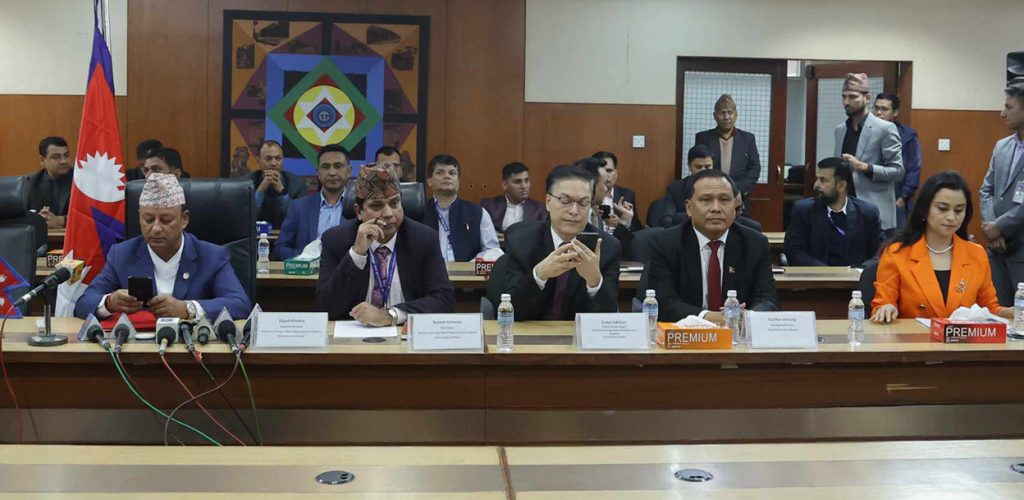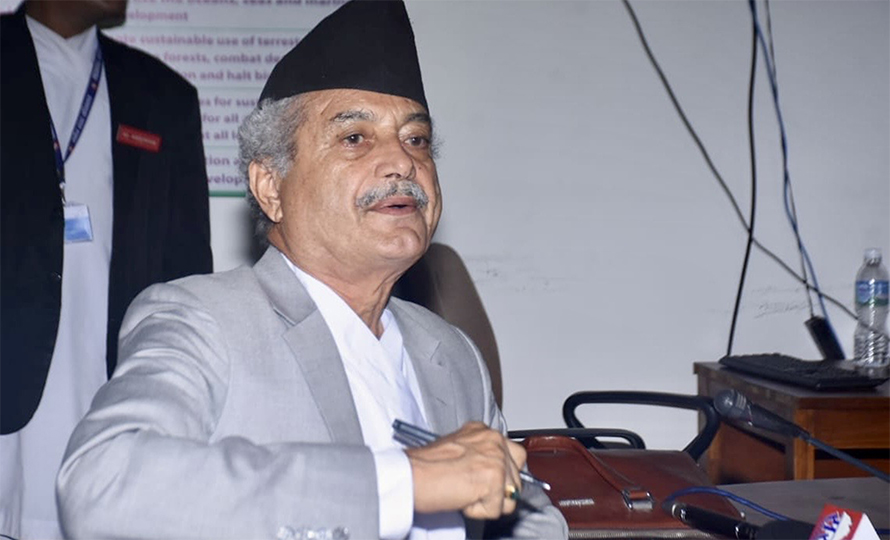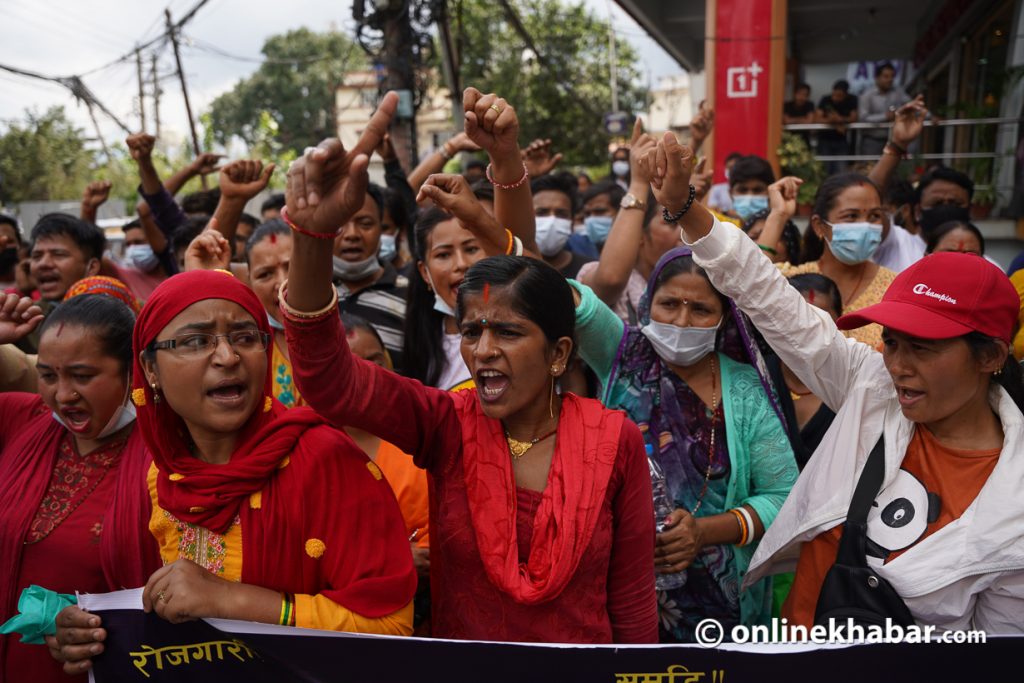
Protests have long been used as a tool to demand change and hold those in power accountable. However, when it comes to erasing corruption and political influence in the judiciary in Nepal, the power of protests is not so visible.
While protests have the potential to raise public awareness and pressure authorities to address judicial corruption, these issues are deeply ingrained and difficult to eliminate. Recently, the Nepal Bar Association staged a protest against the delay in the appointment of the chief justice. Meanwhile, the judiciary in Nepal also faces protests, mainly from the Nepal Bar Association, on recurring issues such as corruption and political influences. But have they made any impact yet?
The power of protests
Throughout history, protests have brought about significant social and political change. From the civil rights movement in the United States to the Arab Spring in the Middle East, protests have been a powerful force for promoting democracy, human rights, and social justice. In the context of judicial corruption and political influence, protests can raise public awareness about these issues and put pressure on authorities to take action. This pressure can be particularly effective when it is sustained and backed by a broad coalition of civil society groups and other stakeholders.
In 2015, a massive earthquake struck Nepal, causing widespread devastation and exposing widespread corruption in the distribution of relief funds. Civil society groups organised protests and public campaigns calling for an independent investigation into corruption and for the judiciary in Nepal to hold those responsible accountable. As a result of these protests, the Supreme Court ordered the government to investigate and punish those responsible for the corruption.
In 2020, Nepali civil society groups organised protests and public campaigns calling for judicial reform and accountability, and for the establishment of an independent judicial commission to oversee the appointment, promotion, and disciplinary action of judges. The protests led to the formation of a judicial commission, which has the power to investigate and discipline judges accused of misconduct or corruption. There are more successful examples of protests reforming the judiciary in Nepal.
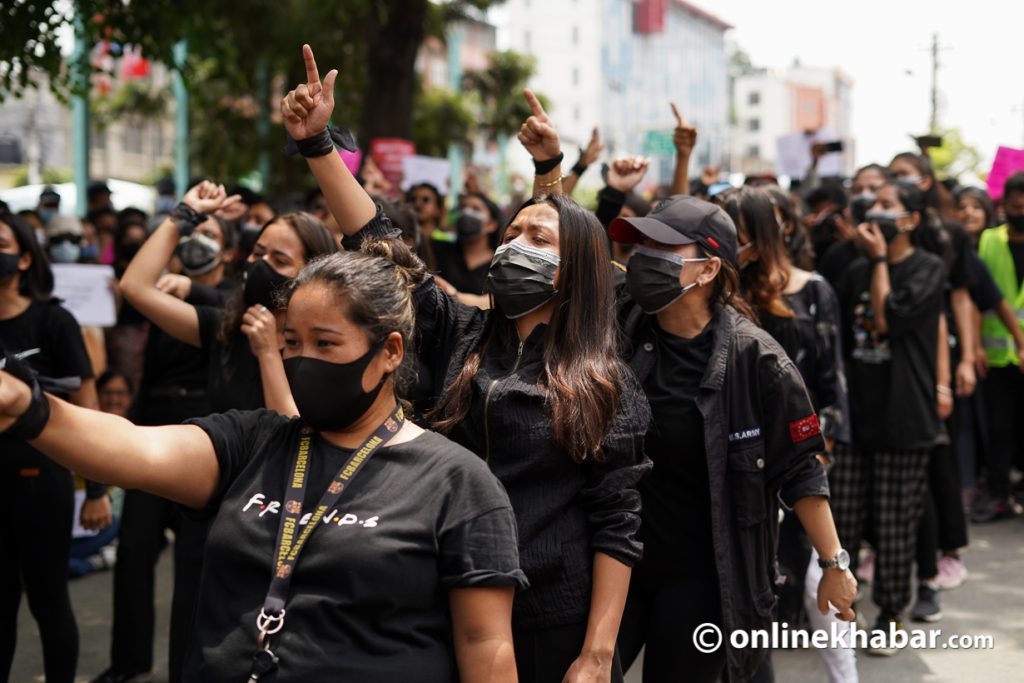
Challenges of erasing judicial corruption
Despite the potential of protests to raise awareness and pressure authorities to address judicial corruption, erasing this problem is much easier said than done.
Corruption and political influence are deeply ingrained and systemic issues in the judiciary in Nepal that require more than just public pressure to eliminate. In many cases, they are the result of a lack of judicial independence, a weak legal framework, and a culture of impunity that allows those in power to act with impunity. Addressing these issues requires more than just protest movements, but also legal reforms, institutional changes, and strengthening the independence and accountability of the judiciary.
A major way to erase corruption from the judiciary in Nepal is to make the appointment process of constitutional organs free of political influence. To combat judicial corruption, countries also need to take specific steps such as strengthening judicial independence, improving transparency and accountability, building public trust, and implementing anti-corruption measures such as codes of conduct and whistleblower protections.
The impact of protests on judicial reform
While protests have the potential to put pressure on authorities to address corruption and political influence in the judiciary in Nepal, their effectiveness is not guaranteed. The success of protest movements depends on a range of factors, including the level of public support, the strength of civil society organisations, the ability to leverage media attention, and the willingness of authorities to listen to the demands of protesters.
In some cases, protests have been successful in promoting judicial reform and accountability, as in the case of Brazil’s Car Wash investigation. In other cases, protests have failed to bring about change or even resulted in a backlash against activists and civil society groups. Protests do not guarantee that it is always possible to reform the system, yet they can be a part of a bigger reform process which also includes the role of media and other stakeholders.
Yet, the action taken by the Nepal Bar Association is perfect now as it creates pressure for the government to make a decision about the appointment of the chief justice, the head of the judiciary in Nepal, faster.
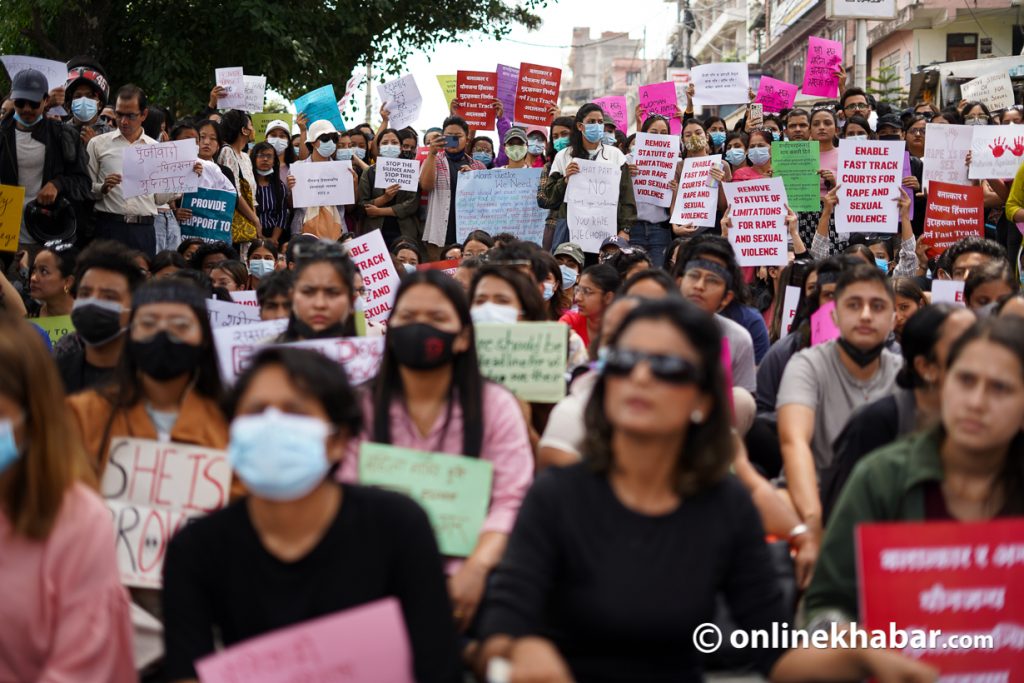
The role of international organisations and media
In addition to protests, international organisations and media coverage can play a role in promoting independence and combatting corruption in the judiciary in Nepal. International organisations can provide technical assistance and promote best practices while media coverage can raise awareness and put pressure on authorities to take action.
Media coverage can bring attention to corrupt practices within the judiciary and help to expose cases of judicial misconduct and corruption. Investigative journalism can also help uncover systemic issues and hold those responsible accountable. For example, in Brazil, Operation Car Wash was a media-led investigation into corruption at the highest levels of government and business, which resulted in the prosecution of numerous politicians and businesspeople.
International organisations such as the United Nations and the World Bank can provide support and guidance to countries seeking to combat judicial corruption. They can provide technical assistance, training and best practices to help countries strengthen their judicial systems and root out corrupt practices. For example, the UN Office on Drugs and Crime (UNODC) has developed tools and guidance to help countries prevent and address judicial corruption.
In conclusion, the potential impact of protests on corruption and political influence in the judiciary in Nepal is complex and multifaceted. While they can be a powerful tool for raising public awareness and putting pressure on authorities, they are not a panacea for erasing these systemic issues. To truly address these problems, legal reforms, institutional changes, and strengthening the independence and accountability of the judiciary are necessary.







